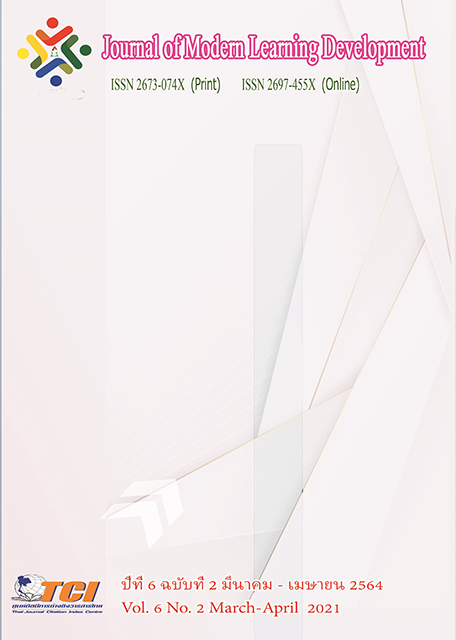The Analytical Study of the Code of Etiquette (Sekhiyavatta) on Thai Manners
Main Article Content
Abstract
This academic article It is intended to study Shering on Thai etiquette Found that in the discipline The Sekaiwa section contains provisions and teachings on etiquette, which are of great value in Thai etiquette. Because most of the manners that Thai people have adopted today, including physical etiquette is walking, sitting, showing respect. Eating, dressing, and verbal etiquette For example, conversations at different occasions are based on the teachings of Buddhism. The worshipers have taken the principles of the Sekyawat. Customs and manners Come and apply it as a model of Thai manners Know how to worship, walk, sit properly and properly. Physical and verbal actions are in the right way. Appropriate for the time And does not persecute yourself and others Making people around the world see that Thai people are people of respect. Have good manners Humble Able to coexist with other people in the society peacefully and in peace.
Article Details
References
พระธรรมปิฎก (ป.อ.ปยุตฺโต). (2539). ความสำคัญของพระพุทธศาสนา ในฐานะศาสนาประจำชาติ กรุงเทพมหานคร: บริษัท สหธรรมิก จำกัด.
พระธรรมปิฎก (ป.อ.ปยุตฺโต). (2557). พจนานุกรมพุทธศาสตร์ ฉบับประมวลศัพท์. (พิมพ์ครั้งที่ 22).กรุงเทพมหานคร: โรงพิมพ์มหาจุฬาลงกรณราชวิทยาลัย
มหาจุฬาลงกรณราชวิทยาลัย. (2539). พระไตรปิฎกภาษาไทย ฉบับมหาจุฬาลงกรณราชวิทยาลัย. กรุงเทพมหานคร: โรงพิมพ์มหาจุฬาลงกรณราชวิทยาลัย
สำนักงานคณะกรรมการวัฒนธรรมแห่งชาติ. (2550). หนังสือมารยาทไทย. กรุงเทพมหานคร: กระทรวงศึกษาธิการ.
สมเด็จพระอริยวงศาคตญาณ, (จวน อุฏฐายี). (2542). มงคลในพระพุทธศาสนา. กรุงเทพมหานคร: โรงเรียนเตรียมอุดมศึกษาพิมพ์เผยแพร่เป็นธรรมทาน.
เสถียรพงศ์ วรรรณปก. (2543). คำบรรยายในพระไตรปิฎก. (พิมพ์ครั้งที่ 3). กรุงเทพมหานคร: สำนักพิมพ์ธรรมสภาและสถาบันบันลือธรรม
อำไพพร สุทธิธง, (2546). เอกสารประกอบการสอนรายวิชามารยาท และการสมาคม. ลำพูน: วิทยาลัยเทคนิคลำพูน.


